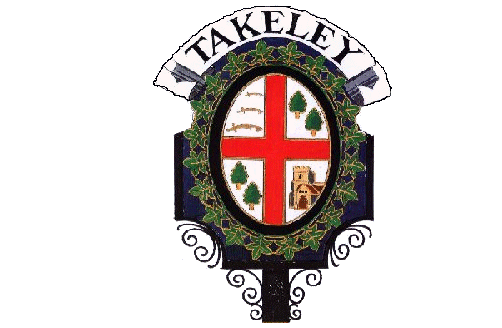|
? - 1663
The last member of the Towse family to own Bassingbourne Hall died in 1663. He had almost certainly been born after the death of his father also a William Towse. William’s widow Elizabeth, born Elizabeth Lockyer, then married Symon Mayne.
The Mayne family came from Dinton in Buckinhamshire where they occupied a fine mansion by the church. His parents were Symon & Coluberry Mayne.
Mayne was enrolled as a student at the Inner Temple, & in 1633 married as his first wife Jane Burgoine, the grand daughter of William Kempe of Finchingfield.
He was a prominent Puritan & closely involved with the Commonwealth. His activities in the government of Buckinghamshire brought him financial rewards from the County sequestrations, & he resisted attempts to demands to account for his profits. He was strongly opposed to any settlement with Charles I, & in 1642 had served on the Grand Jury for Buckinghamshire which petitioned the King for the dismissal of his army.
It is reputed that Oliver Cromwell stayed at Dinton with Symon & Elizabeth Mayne on his way back to London from the battle of Naseby in 1645.
One description of Mayne is that he was a great committee man wherein he licked his fingers — presumably meaning that he made considerable financial profit from his activities. During the period of the Commonwealth the name of Mayne is associated with Elizabeth his wife & her son William in the manorial records of the manor of Bassingbourne.
When Charles II was restored to the throne the story was that Mayne hid in a secret room that was discovered during restoration work at Dinton in 1804. In June 1666 he surrendered to the serjeant at arms & was sent for trial as a regicide.
He could not deny his involvement in the trial & condemnation of the King as his signature is written in the last column of Charles I’s death warrant. He also attended on most of the days of the trial, although he said “I knew not of the King’s bringing up [to London] I was never of any Committee”
At his trial he attempted to state that he had tried to protest at his inclusion in the list of men to try the King but had been pulled down by his neighbour with a muttered threat of sequestration. He also asserted that he had been weak & misled & that others had said that there were forty men whose names came before his on the warrant. Certainly his defence was inaccurate & incoherent. All this did however not mitigate the fact that had he wished he could have stayed away from the trial as many others such as Lord Fairfax had done. The defence organised by his wife was undertaken by the prominent lawyer Bulstrode Whitelocke, who may have been a distant relative by marriage.
As Mayne was certainly not prominent in the execution of the King he was sentenced to death but spared the gruesome hanging drawing & quartering. He was sent to the Tower where he died of gout with fever and convulsion fits in 1661. We are not told if he was subjected to the gruesome farce of being taken on a hurdle to Tyburn, & then returned to the Tower.
His wife was allowed to take his body back to Dinton on condition that the process was conducted quietly & without ostentation. Certainly while there is a memorial to his father in the church, there is none to Mayne himself.
The impression that is left is that of a man who was fond of money, but lacking in the courage of his Puritan convictions when faced with adversity.
Elizabeth Mayne & her three sons by Mayne, Symon, Edward & Samuel, were allowed in 1664 to recover the lands at Dinton, & she retired to the Dower house where she lived until her death in 1694.
|



